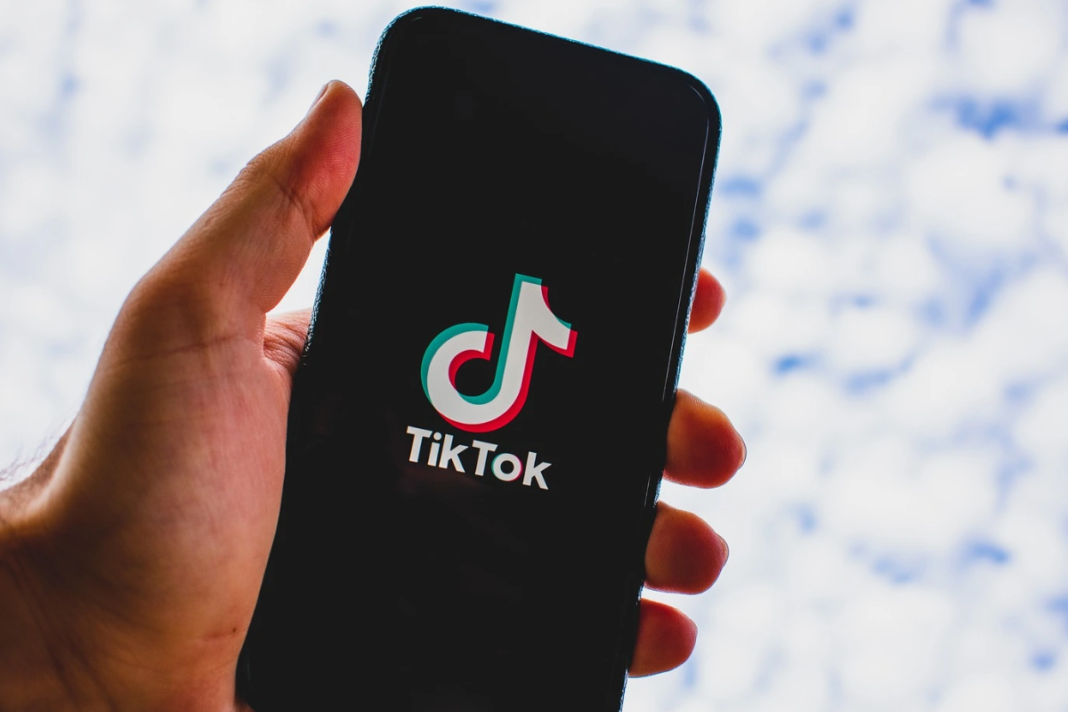Influencers are a marketing tool for your goods or services. Followers, a historical metric that was valuable for marketing agencies, might not be the best metric for your company. Since the industry’s practices have changed, influencers are now hired based on their engagement rate, even if they have fewer followers than more well-known influencers.
Our in-house advertising specialists outline how to devote time and resources to an influencer strategy to get the best return on investment in the article that follows.
What exactly is Engagement Rate?
The effectiveness of a brand campaign is evaluated using a metric called engagement rate in digital marketing. Engagement rates indicate to brand partners, account managers, and pretty much everyone else in the world of digital marketing that users are actively interacting with a piece of content. Engagement rates, to put it simply, are what monitor how involved your audience is with your content.
The number of interactions and responses to a regular post is the most common metric for determining engagement rate. This includes shares, reposts, likes, and comments. Your potential customer base expands to include a more varied potential audience when your content is shared or reposted. You might never have been able to get there. This is a powerful way to increase website traffic, brand awareness and interest, and ultimately business success.
As a result, one of the most crucial social media KPIs is engagement rate. When deciding whether to partner with an influencer, a brand should take KPIs, or key performance indicators, into account.
Why does Engagement Rate matter?
The number of “vanity metrics,” such as followers, cannot ensure that every single one of them will be personally engaged with the content. In fact, as the graph below demonstrates, vanity metrics can end up being very perplexing and deceptive.
A profile’s content is more likely to be ignored if it has a large number of followers but a low engagement rate. The followers of an influencer who caters to a specific niche are more likely to be swayed or convinced by the content they post, share, or comment on. These influencers are classified as micro- or nano-influencers because they have fewer but very active followers.
When combined with other metrics like audience fit and reach effectiveness, a high engagement rate can help you demonstrate the value of your marketing initiatives through improved market performance and rising revenue. But more importantly, the only thing that can ensure a higher campaign ROI is an influencer’s performance. Because of this, choosing to work with an influencer is a decision that needs to be carefully thought out.
How to calculate Engagement Rate on TikTok?
Per video :
(Total likes + Total shares + Total comments / Total Views) x 100
What is a good engagement rate for TikTok influencers
There are many influencers, and each has a different level of engagement. Every company and social media platform will always have different desired engagement rates, but as a general rule, influencers tend to fit into one of the following categories:
- Less than 1.5% = low engagement rate
- Between 1.5% and 3% = average/good engagement rate
- Between 3% and 6% = high engagement rate
- Above 6% = very high engagement rate
There are still a lot of variables at work even though these numbers may appear static and to be directly related to the steps your influencer takes. Your influencer’s engagement rate may be impacted by a variety of factors, such as the frequency of posts, the number of followers, the visual appeal and messaging, and even the Instagram algorithm.
Although checking the influencer’s engagement rate is a great place to start, it is not foolproof on its own. Additionally, you should consider the following things:
- Authenticity. What percentage of their followers are fake followers?
- Rate of growth. Does their following expand over time?
- Customer profile. Do they reach the geographic and demographic targets you’ve set?
- Content excellence. Would you approve of this person representing your company?
The likelihood of successful collaborations will be increased by incorporating all of these criteria into your influencer vetting process.
How to calculate Engagement Rate using online tools
If you have multiple accounts and want to see if they have a certain engagement rate, there are several tools that can help you with that. Countik is the free and fastest option, they have a tiktok analytics tool that analyzes your most recent 10 videos and calculates engagement based on that.
Want to learn more about influencer marketing? Take a look at this ultimate guide.


























